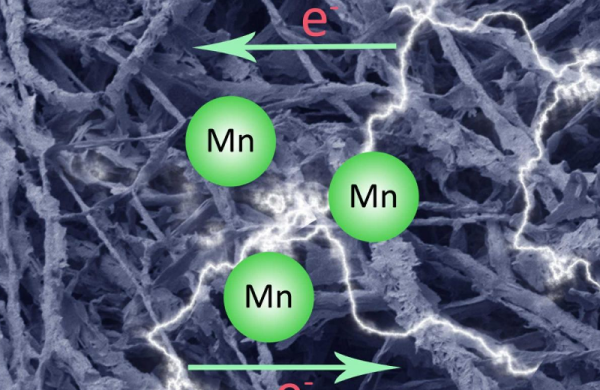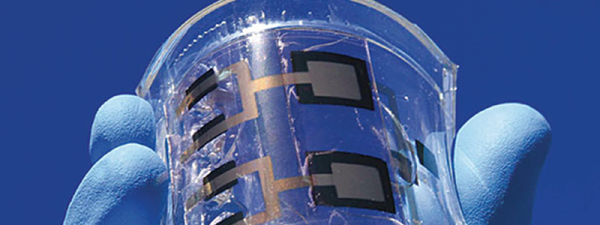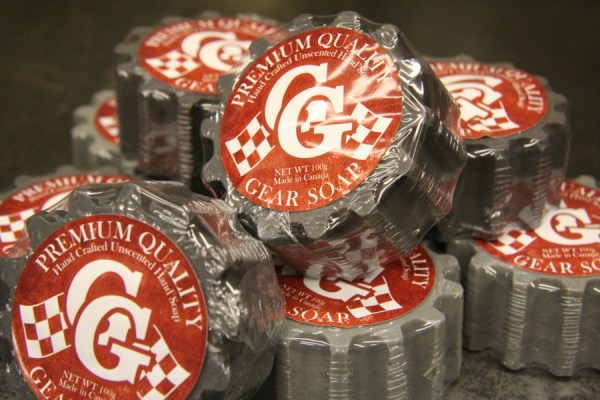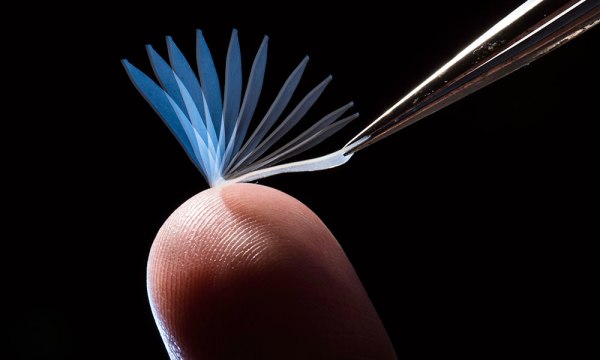The Farnsworth Fusor is a fascinating device, a reactor that fuses hydrogen into helium by creating a plasma under a very high voltage. Although it isn’t a practical way to generate energy, it is a fascinating way to see nuclear fusion. An increasing number of home experimenters are starting to build their own fusors, and [Erik] decided he wanted to be among them. He’s put together a great build log of his progress, starting with a propane tank he bought off craigslist. He added a window, a vacuum pump and a 40KV power supply. Once he added some deuterium (electrolyzed from heavy water he bought from United Nuclear) it was ready to go. After a couple of failed runs, he got the characteristic plasma glow that shows that the reactor is working. The central globe is the plasma, while the light on the left side is a beam of electrons freed by the fusion process. So far, [Erik] has not detected the high-energy neutrons that would show that fusion is underway, but he is close.
Needless to say, this is not a casual build. [Erik] is using a 40KV power supply that would kill you in a heartbeat if your body happened to be the easiest pathway to ground, especially as the power supply is generating pulls over 9 amps to create the fusion reaction. [Erik] joins a select group of amateur fusor builders called the Plasma Club. It isn’t the first Farnsworth Fusor that we have covered, but it is one of the most impressive.



















